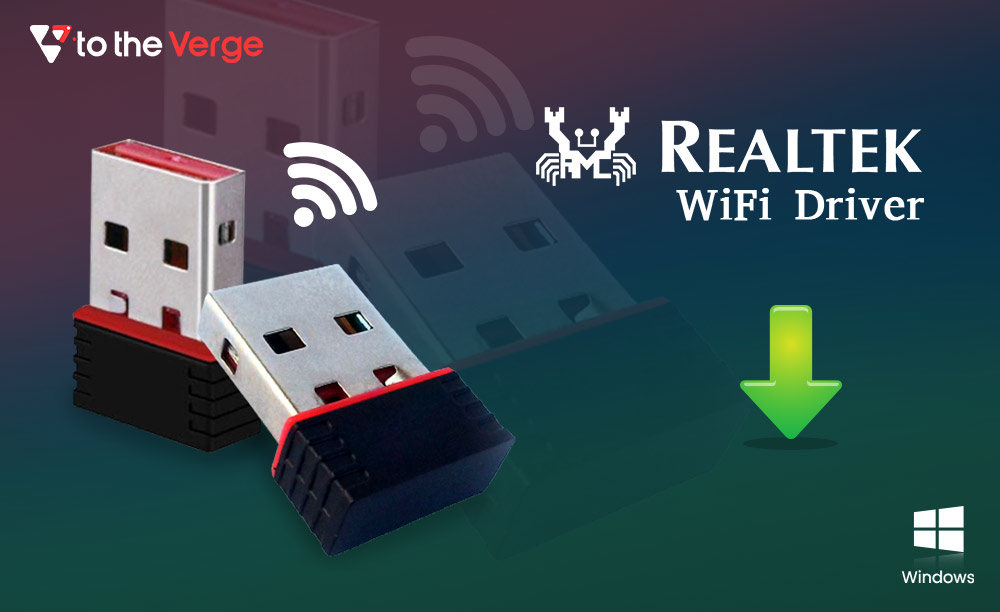Ether was created before the ERC20 standard, and the network implemented other measures later. Therefore, it is not ERC20 compatible and cannot be exchanged directly for other ERC20 tokens in a decentralized manner. It would require the mediation of a trusted third party or the addition of complex technical implementations.
Implementing two interfaces: one for ETH and another for ERC20 tokens within the same smart contract would add unnecessary complexities. Therefore, developers decided to “wrap” ethereum and upgrade it to the ERC20 standard by converting ETH to WETH, allowing them to handle WETH and other ERC20 tokens within the same contract.
Wrapping ether enables the direct and seamless exchange of ether and ERC20 tokens without needing a trusted third party and without incurring unnecessary risks such as unexpected errors during transactions caused by complex and technical applications.
Numerous Ethereum-based decentralized applications (dApps), such as decentralized exchange platforms, use WETH or Wrapped Ethereum instead of ETH to enable direct and decentralized peer-to-peer trading between ETH as Wrapped Ethereum and ERC20 tokens that abide by the same technical standard. Recent developments aim to create a universal WETH standard that all Ethereum-based dApps can use.
The ERC20 standard is used to create tokens on the Ethereum blockchain. As a result, cryptocurrency exchanges had to build custom bridges between platforms to support the sale of any token before ERC20 tokens.
Wrapped Ethereum is the bridge that standardizes according to the ERC20 token standard ETH to be used on other blockchain networks.
In this article, we’ve covered everything you need about wrapped ethereum: from the difference between ethereum and wrapped ethereum to how you can buy wrapped ethereum. Read till the end to learn more!
Wrapped Ethereum: Meaning
WETH is Ether’s wrapped version. Wrapped tokens, such as WETH token and Wrapped Bitcoin, are tokenized versions of cryptocurrencies pegged to the original coin’s value and can be unwrapped at any time.
Almost every major blockchain has a wrapped cryptocurrency, such as Wrapped BNB, Wrapped AVAX, or Wrapped Fantom. Such coins operate like stablecoins.
Since dollar-pegged stablecoins can be redeemed for fiat dollars anytime, stablecoins are essentially “wrapped USD.” Similarly, WBTC, WETH, and all other wrapped coins can be redeemed at any time for the original asset.
A striking point that hits the Ethereum vs. Wrapped Ethereum debate is that the latter addresses a specific issue: the system does not allow using native coins from one chain on another due to blockchain interoperability. For example, one cannot use BTC on the Ethereum blockchain or ETH on the Bitcoin or Avalanche blockchains.
However, tokenizing coins and applying the blockchain’s token standard to the tokenized version of the original cryptocurrency solves this problem.
Therefore, almost all fungible tokens on Ethereum adhere to the 2015 ERC20 standard. The network established this token standard to provide a standardized set of rules for tokens on Ethereum, making new token launches easier and all tokens on the blockchain comparable.
Wrapped Ethereum was created to improve blockchain interoperability and make Ether usable in decentralized applications (dApps) because ETH does not adhere to the ERC20 token standard.
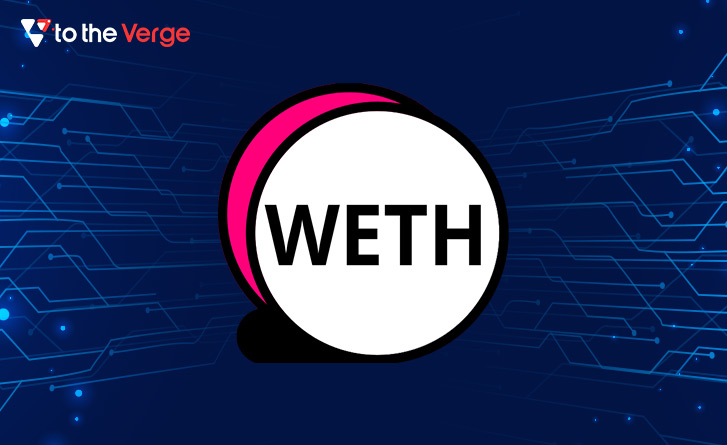
Ethereum Vs. Wrapped Ethereum: What’s The Difference?
WETH adheres to the ERC20 standard, whereas ETH does not. Wrapped Ethereum was created because ETH could not be used for various DeFi applications. As a result of wrapping the ETH token in an ERC20 compatible standard, it could be used across a wide range of dApps. In addition, users can create their token versions for their custom DeFi applications.
It is now equivalent to ETH in the case of WETH, implying that the price of ETH is the same as the Wrapped Ethereum price. Therefore, if one wants to use native ethereum crypto to participate in a custom dApp, they can easily convert ETH to WETH using a dApp such as 1inch and then continue using it.
An essential point to remember is that ERC20 is a technical standard for issuing Ethereum blockchain tokens. It only specifies the token’s properties. For example, one of the most important characteristics of an ERC20 token is that it is fungible, which means that one token of the same value can always be exchanged for another of the same value, giving WETH an upper hand in the ethereum vs. wrapped ethereum debate.

Wrapped Ethereum: How Does It Work?
Wrapped tokens necessitate the custody of collateral. For instance, if one wants to wrap Ethereum, a custodian will hold a single Ether in exchange for the Wrapped Ethereum price. Custodians can be merchants, multi-signature wallets, or smart contracts.
You send your collateral to the custodian, who then mints a wrapped version of your coin. With Wrapped Ethereum, for example, you could simply go to a DEX like Uniswap and exchange your Ether for whatever Wrapped Ethereum price. The original Ether is converted to Wrapped Ethereum, but the value remains constant, as with dollar-pegged stablecoins.
Wrapped Ethereum is required on the Ethereum blockchain to swap between tokens in decentralized applications. Some decentralized applications, for example, cannot accept Ether as collateral but only WETH.
WETH is an ERC20 token that can be exchanged for other ERC20 tokens on DeFi applications, whereas Ether is required to pay for gas. In addition, other blockchains may have their version of WETH, resulting in a mirror image of Ether on their network.

How To Buy Wrapped Ethereum?
People can purchase wrapped cryptocurrencies with other cryptocurrencies on decentralized exchanges. So, if someone wants to buy WETH, they’ll first need to purchase Ethereum (ETH) and then use ETH to buy WETH or Wrapped Ethereum.
One can follow the steps given below to buy wrapped ethereum:
Step 1 – Download A Crypto Wallet
Buy any self-custody crypto wallet where you can easily store your cryptocurrency.
Step 2 – Set Up The Wallet
Different wallets could have different settings and sections for a wallet set-up. For example, you could be required to choose a username for your wallet that would make it convenient for other people to find your wallet for sending transactions.
Step 3 – Securely Store The Recovery Phrase
A recovery phrase has to be set for a self-custody crypto wallet. It can consist of twelve random characters and is very important since it is the key to your cryptocurrency funds. Therefore, it implies that anyone who has your recovery phrase would be able to access your wallet.
Hence, one should never share their recovery phrase with anyone. Also, no wallet application would be able to help you restore the recovery phrase once it is lost.
Step 4 – Understand And Plan For Ethereum Network Fees
The next essential step is to understand how the fees of transactions on the ethereum network are determined. For example, fees could fluctuate based on how busy the network is, how much computational power the transaction would require, how complex it is, and how fast you want the transaction completed.
So, before purchasing crypto, remember to set aside some money for the transactional fees.
Step 5 – Buy And Transfer ETH To The Wallet
You can buy the ethereum network’s crypto ETH from any trusted cryptocurrency exchange platform, such as Binance, Coinbase, Crypto.com, BlockFi, etc. You may consider the instructions on these platforms to purchase and transfer the fund to your wallet.
Step 6 – Use ETH To Buy WETH
The final step is to use the ETH you’ve purchased to buy the wrapped ethereum. Based on the cryptocurrency exchange application you choose, there could be different configurations to select the WETH crypto. However, essentially, all of them would require you to enter the amount of ETH you’d like to exchange for wrapped ethereum.
Do remember to keep aside some amount for transaction fees. Besides that, finalize your WETH purchase by following the instructions that would follow.
Where To Buy Wrapped Ethereum?
One can buy wrapped ethereum from several cryptocurrency exchange platforms that provide WETH. Some of these platforms are Binance, Coinbase, UniSwap, SushiSwap, Curve Finance, and Balancer.
How To Add WETH To MetaMask?
WETH transfers are the same as transfers of any other cryptocurrency between wallets. So let’s take a look at how you can do this.
- Collect WETH from 1inch: Go to 1inch and exchange your ETH for the necessary amount of WETH. You can find the link here.
- When you see WETH in your wallet (for example, Metamask), you can transfer it to another wallet, such as Coinbase. If the tokens are not visible, select “Import Tokens,” and you will be asked to confirm the addition of WETH as an asset.
- After that, simply copy the address from your Coinbase wallet and paste it into your Metamask wallet to begin the transferring process. If your wallet is unable to recognize the asset, simply enter the token’s information into the wallet.
It’s worth noting that the Coinbase wallet supports the Ethereum network and “all ERC-20” tokens, which means you can easily add your WETH to the wallet.

Other FAQs – WETH
Some of the most popular frequently asked questions have been answered below. Take a look to clarify more on wrapped ethereum.
Q.1 What Happens When You Wrap Ethereum?
Essentially, wrapping ethereum means converting ETH to WETH on the Ethereum Mainnet Network. So when you wrap Ethereum, a token gets created on the main ethereum network pegged to the native ETH.
The WETH can be redeemed to ETH at any point in time. The Wrapped Ethereum or any other wrapped cryptocurrency has more utility than its original tokens.
Q.2 How To Get Wrapped Ethereum?
If you want to get Wrapped Ethereum, you’d need to create an account on any crypto-wallet and connect it to any cryptocurrency exchange platform that trades WETH. Once the connection is established, you can swap ETH for the Wrapped Ethereum.
Q.3 Is Wrapped ETH Better Than ETH?
There is no distinction between ETH and WETH because the latter is simply a “wrapped” version of the former. A “wrapped” token in cryptocurrency is nothing more than an empty vessel containing the original asset. Wrapping facilitates using a non-native asset or other cryptocurrencies on any blockchain.
While ETH was built before the ERC20 token standard, it does not conform to the mentioned conditions. However, WETH or Wrapped Ethereum does.
Q.4 Does Wrapping ETH Cost Gas?
The minting and wrapping of ethereum do cost some amount of crypto. A cryptocurrency trader or investor is required to pay gas fees for minting and burning. It is important to remember that the gas fee can vary depending on various factors.
Wrapped Ethereum: Final Thoughts
All wrapped tokens’ goal is simply to add another layer of interoperability between different networks. However, converting a non-native asset like BTC to an ERC20 compatible token (such as USDT) and then to WBTC makes no sense for most users.
Therefore, usually, they will use USDT to conduct most of their transactions. However, WETH aims to provide a more seamless experience for native ETH users. Wrapped ethereum enables the ETH tokens to be used on several blockchain networks.
WETH improves blockchains’ liquidity and capital efficiency. Wrapping ethereum allows investors to deploy crypto assets on multiple blockchains. In addition, it can also transaction time and fees.
However, on the flip side, one should note that no universal, fully decentralized solution exists for wrapping coins. And not all blockchain networks can wrap every token. Therefore, while versions of WETH are available on most major blockchains, the opposite is not always true.
Nitisha Lal is a writer enthusiastic and curious to learn new things. Currently, she writes about the latest developments in technology, particularly around Web3 and the Metaverse. She enjoys nature walks, capturing the world around her on the phone, or reading books when away from work.

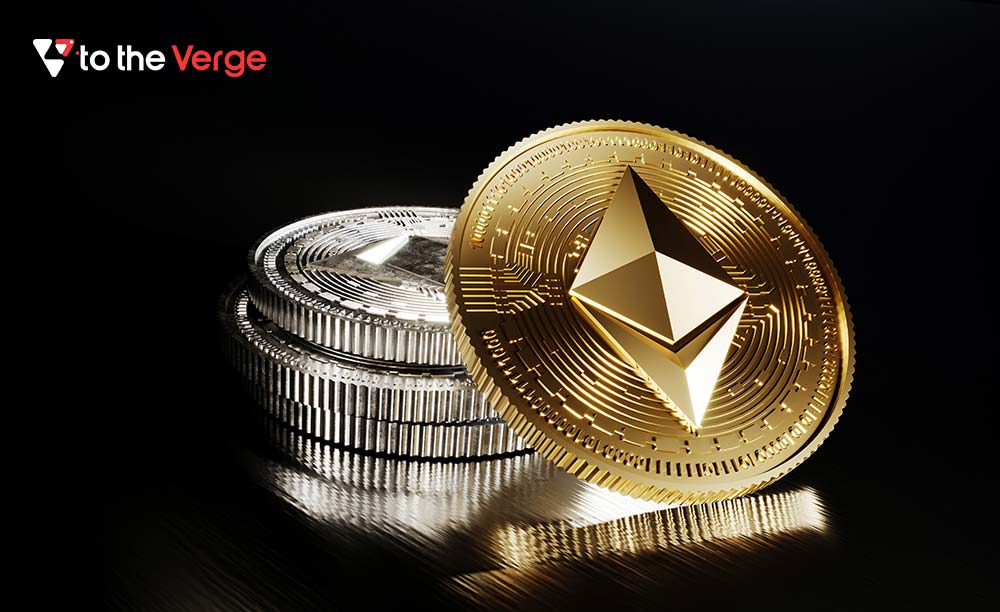
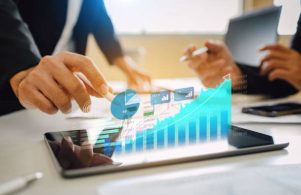

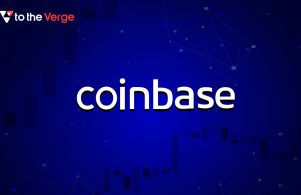

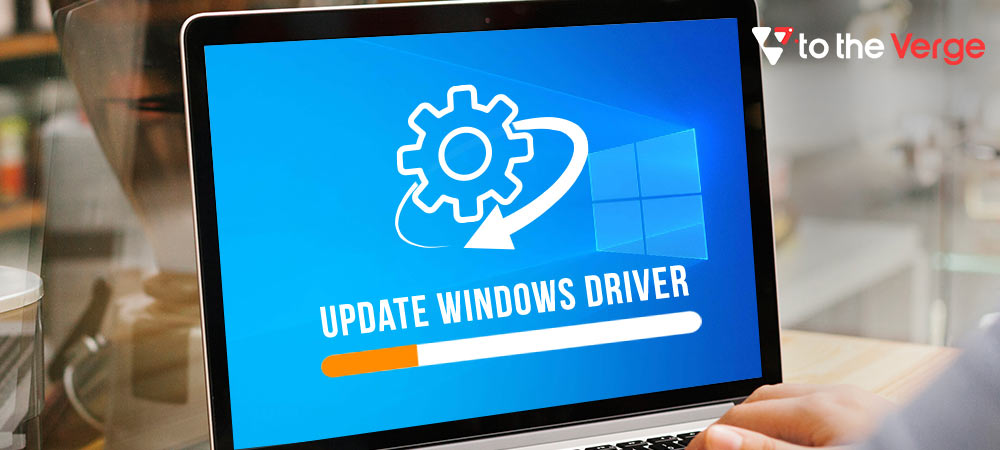
![How to Update and Reinstall Keyboard Drivers on Windows 10/11 [A Guide]](https://wpcontent.totheverge.com/totheverge/wp-content/uploads/2023/06/05062841/How-to-Update-and-Re-install-Keyyboard-Drivers-on-Windows-10.jpg)
